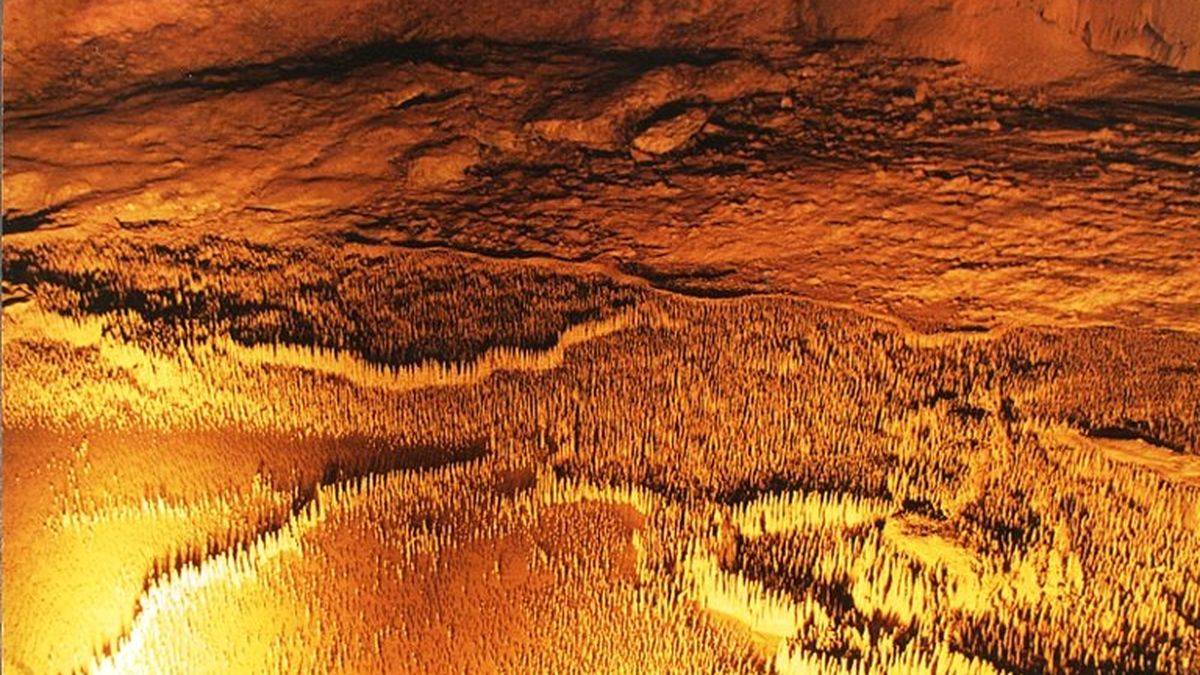 The 100 000 soldiers | ©Havang(nl) / CC0
The 100 000 soldiers | ©Havang(nl) / CC0Hands up! The meaning of a name
The name of the cave would come from trabucaires, robbers acting in the Pyrénées area.
They hid themselves in the cave. The trabuc was their weapon, a kind of pistol!
A Catalan name, from the Spanish word trabuco meaning ″big gun″, or from Occitan trabucar, ″stumble″.
The story
This cave is Cévennes’ biggest one.
Men lived here since the Neolithic time. During wars of Religion, the local camisards (French Calvinist partisans in Cévennes) took shelter here.
In 1823, the first exploration took place. Nicod and Gallière get down in the cave’s darkness…
They spent several days there. But one day, Gallière lost himself: he spent 3 days in the dark!
The visit of Trabuc
The normal visit (1,2 km) lasts about 1 hour. With the ″Safari visits″ (5 hours), you'll discover the part of the cave generally closed to the public...
Miners from Alès dug a tunnel about 40 metres long in the 19th century: today that’s the entrance of the cave.
It’s an artificial gallery, because the real entrance is 120 metres below.
We’ll see plenty of treasures here. Come on, follow me:
• Here’s the Gong’s room, with those concretions ringing like a drum. They also call them ″elephant’s ears″!
• Here, we have fistulas made of coloured oxides (″red cascades″). Black crystals, also, coloured by manganese.
• Here, surprise: very high stalactites (the ″Butterfly″).
• But the climax is with the beautiful ″100000 soldiers room″: amazing concretions, about few millimetres, so tight. It’s like a tiny army trying to besiege a kind of Great Wall of China! Unique.
• Don’t miss the Midnight Lake with its turquoise and clear waters, about 15 metres deep. Why ″Midnight″? Because the man who discovered it did it at midnight sharp! And he swam stark naked in the water… a traditional midnight dip!
